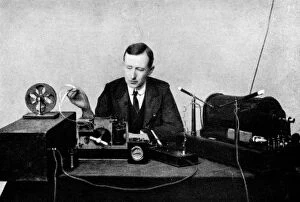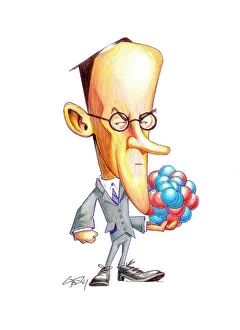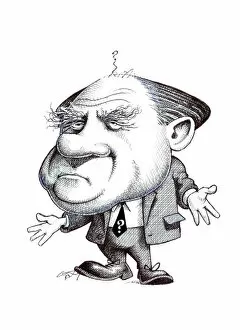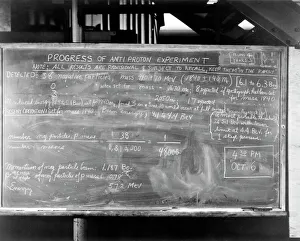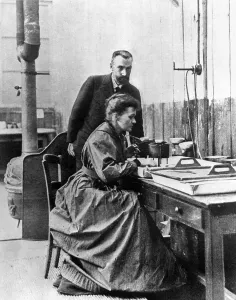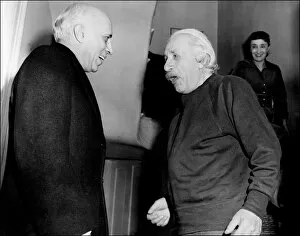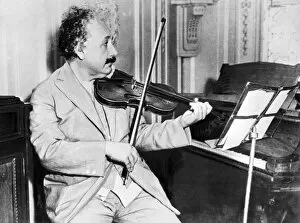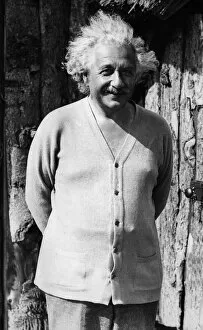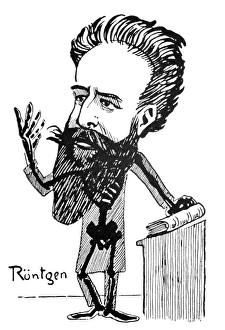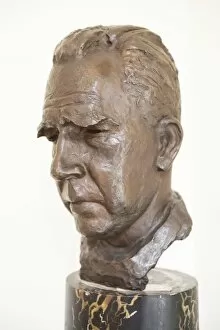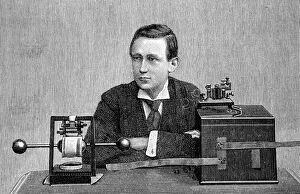Nobel Prize In Physics Collection
"Celebrating the Brilliance of Nobel Prize in Physics: Pioneers, Discoveries
All Professionally Made to Order for Quick Shipping
"Celebrating the Brilliance of Nobel Prize in Physics: Pioneers, Discoveries, and Legends" Guglielmo Marconi: Revolutionizing Communication through Radio Invention James Chadwick: Unraveling the Mysteries of Atomic Structure Anti-Proton Experiment at Berkeley, 1955: Pushing Boundaries of Particle Physics Werner Heisenberg: Quantum Mechanics' Uncertainty Principle and Beyond Nikolai Basov & Lev Landau: Soviet Physicists Shaping Modern Science Marie Curie-Skolodowska & Pierre Curie: A Dynamic Duo in Radiology Research Bio-Einstein-Nehru Connection: Celebrating Intellectual Bonds across Borders Albert Einstein Broadcasting Knowledge to the World as a German-born Swiss-US Physicist Captivating Bio-Einstein-Headshot-Pipe Image Reflects Genius at Work Portrait of Marie Curie c. 1901 Showcasing Her Dedication to Scientific Advancement In this captivating journey through time, we delve into the remarkable achievements that have been honored with the prestigious Nobel Prize in Physics over the years. From Guglielmo Marconi's groundbreaking invention of radio communication to James Chadwick's pivotal role in understanding atomic structure, these pioneers have shaped our modern world. The anti-proton experiment conducted at Berkeley in 1955 pushed boundaries and paved new paths for particle physics research, while Werner Heisenberg's work on quantum mechanics introduced us to an entirely different realm where uncertainty prevails. Soviet physicists Nikolai Basov and Lev Landau left an indelible mark on scientific progress by contributing significantly to various fields within physics. Marie Curie-Skolodowska and Pierre Curie stand out as a dynamic duo whose relentless dedication led them towards revolutionary discoveries in radiology research.

